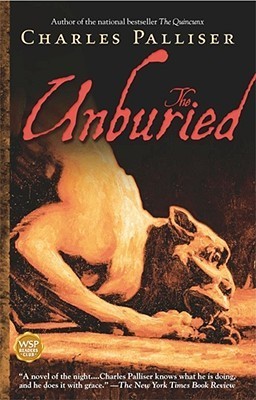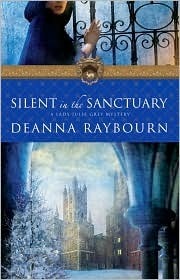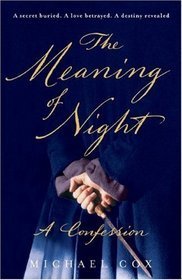
The Unburied
Book Description
A chilling secret lies buried beneath the fog-drenched streets of Victorian London, waiting to be unearthed. When the enigmatic scholar, Edward, returns to his ancestral home, he uncovers whispers of madness and betrayal intertwined with his family’s past. Shadows of long-buried sins creep into the present, igniting a fierce battle for truth and survival. As he delves deeper, alliances shatter and paranoia seeps into every relationship. With time running out and danger lurking around every corner, can Edward confront the chilling legacy that threatens to consume him? What horrors will emerge when the past refuses to stay buried?
Quick Book Summary
"The Unburied" by Charles Palliser is a dense, atmospheric novel set in late Victorian England, blending elements of gothic horror, mystery, and historical fiction. The story follows Edward, a scholar who returns to his ancestral home to assist in cataloguing the local cathedral's manuscripts. Soon, he becomes entangled in unsettling events involving madness, betrayal, and a chilling local legend. Edward’s investigation into a historical murder unravels old rivalries and resurrects buried secrets amid the fog-drenched streets and echoing halls of the cathedral. As paranoia mounts and spectral presences linger, Edward must confront the intertwined legacies of the past and present. Through layers of intrigue and character-driven suspense, Palliser crafts a tale of obsession, guilt, and the catastrophic power of unacknowledged sins.
Summary of Key Ideas
Table of Contents
Legacy and the Weight of the Past
Edward’s return to his ancestral city is motivated by both professional duty and a desire to escape a difficult past. Invited by an old friend, Doctor Lawford, to help with cataloguing the cathedral manuscripts, Edward is soon enveloped by the town’s insular atmosphere and oppressive history. The city’s gothic architecture and ever-present fog create a palpable sense of unease, and Edward finds himself unsettled by whispers and rumors circulating among the townsfolk. These uneasy feelings are further stoked by his encounters with various eccentric and secretive characters.
Unreliable Narratives and Subjective Truth
The novel’s central mystery revolves around the unresolved murder of a cathedral intellectual centuries earlier. Edward’s scholarly curiosity leads him to piece together fragments of historical accounts and hidden correspondences, drawing him deeper into the cathedral’s shadowy corridors. As he attempts to reconstruct the truth, he is confronted by half-truths and conflicting versions of events—narratives warped by personal motives and long-standing feuds. This manipulation of history challenges Edward’s perception and invites the reader to question the reliability of all narrators and witnesses.
Madness and Paranoia
As Edward delves into the city’s past, psychological tension builds. Rumors of madness, haunting apparitions, and unexplained tragedies permeate the story, entwining elements of horror with the realistic social interactions of Victorian society. Paranoia affects not just Edward but all those around him; relationships grow toxic as trust evaporates. The boundary between supernatural threat and real human hostility becomes increasingly blurred, keeping both Edward and the reader in a state of constant suspense.
Obsession with Knowledge and Secrets
The pursuit of knowledge is both Edward’s drive and his curse. His obsession with uncovering the cathedral’s secrets renders him vulnerable to manipulation and isolates him from others. The novel explores the dangers inherent in the relentless pursuit of truth, highlighting the moral ambiguity and betrayal that result when personal ambition eclipses compassion and community. This obsession brings to light buried betrayals, both historical and newly committed, as Edward’s investigation unearths not only facts but also festering resentments.
Moral Ambiguity and Betrayal
By the novel’s climax, the lines between past and present, sanity and madness, are dangerously thin. Edward’s revelations bring about devastating consequences, and the costs of unearthing the truth become horrifyingly clear. Palliser concludes with a chilling reminder: the sins of the past remain potent, capable of undermining even the most reasoned intentions. Ultimately, “The Unburied” examines how the shadows of history haunt the present, and how the desire to confront them can both liberate and destroy.
Download This Summary
Get a free PDF of this summary instantly — no email required.





